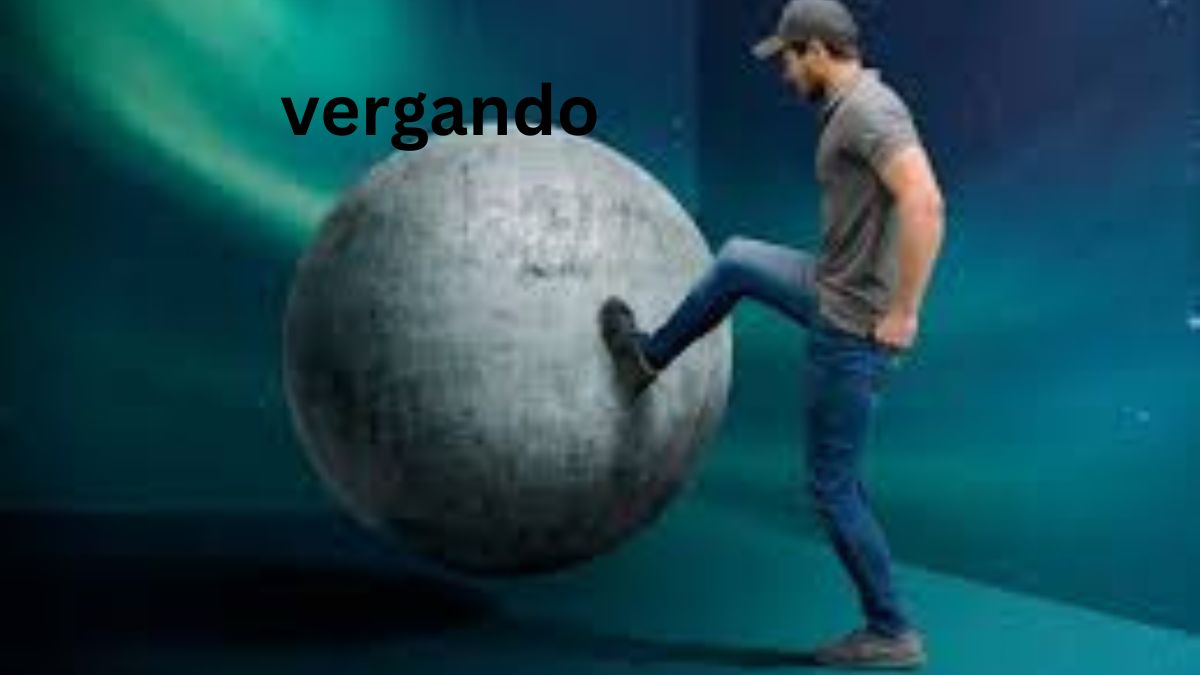Welcome to the enchanting world of Vergango, where art meets creativity in a mesmerizing dance of colors and shapes. In this comprehensive guide, we will delve into the origins, techniques, famous artists, creation process, technological impact, controversies, and the future of Vergango artistry. Join us on this journey as we unravel the beauty and complexity of Vergango art!
The Origins of Vergango
The origins of Vergango can be traced back to the early 20th century, stemming from a fusion of traditional painting techniques and modern abstract art. It emerged as a rebellious form of expression, challenging conventional artistic norms and pushing boundaries.
Vergango artists sought to break free from the constraints of realism, embracing bold colors, dynamic compositions, and abstract concepts. The movement quickly gained popularity for its avant-garde approach and innovative use of visual language.
Inspired by surrealism, cubism, and fauvism, Vergango art embodies a sense of spontaneity and experimentation. Artists often explore themes of emotion, nature, and the subconscious mind through their vibrant creations.
As the movement evolved over time, it continued to evolve with new styles emerging that further pushed the boundaries of traditional art forms. Today, Vergango remains a dynamic and evolving artistic style that continues to captivate audiences around the world.
Understanding the Techniques of Vergango
Vergango artistry is characterized by its unique techniques that set it apart from traditional forms of art. One of the key aspects of Vergango is the use of vibrant colors and bold brushstrokes to convey emotions and stories. Artists often experiment with unconventional materials and tools to create depth and texture in their pieces.
Another technique commonly found in Vergango art is the incorporation of abstract shapes and forms, allowing viewers to interpret the artwork in their own way. This freedom of interpretation adds a layer of complexity to Vergango pieces, inviting viewers to engage with the art on a deeper level.
Furthermore, artists working in the Vergango style often employ innovative composition techniques, playing with perspective and scale to challenge conventional norms. By breaking away from traditional constraints, Vergango artists push boundaries and redefine what art can be.
Understanding these distinct techniques is crucial for appreciating the beauty and complexity of Vergango artistry.
Famous Vergango Artists and Their Works
When delving into the realm of Vergango artistry, it’s essential to explore the works of renowned artists who have left a lasting impact on this unique form of expression.
One such artist is Sofia Marquez, whose abstract Vergango paintings evoke a sense of mystery and depth through vibrant colors and intricate patterns. Her pieces often challenge viewers to unravel hidden meanings beneath their seemingly chaotic surface.
On the other hand, Diego Ramirez is known for his minimalist approach to Vergango, using simple lines and shapes to convey complex emotions. His artwork invites contemplation and introspection, leaving a profound impression on those who engage with it.
In contrast, Luna Santiago pushes boundaries with her experimental techniques, incorporating unconventional materials like recycled plastic and metal into her Vergango sculptures. Her avant-garde creations blur the line between art and environmental activism.
Each of these artists brings a distinctive vision to the world of Vergango, pushing boundaries and inspiring new generations to embrace creativity in all its forms.










